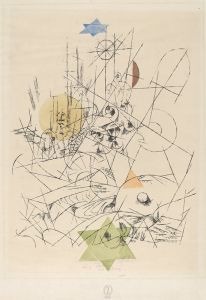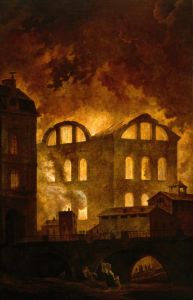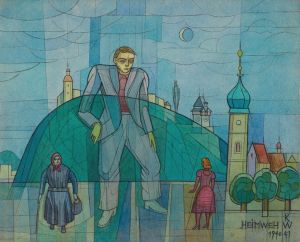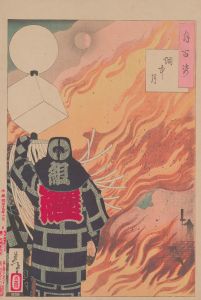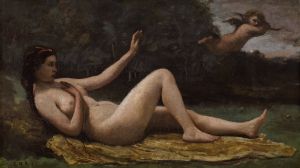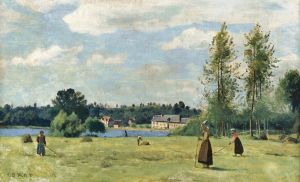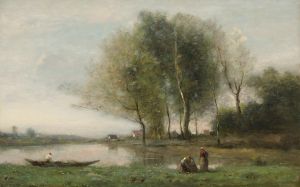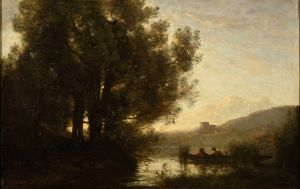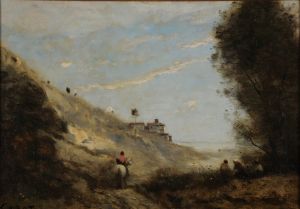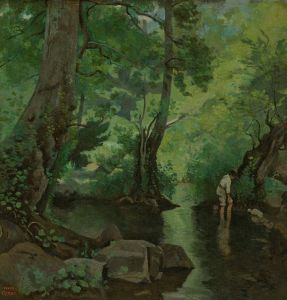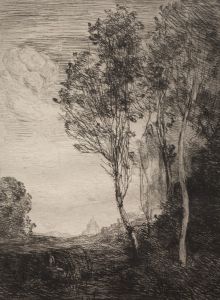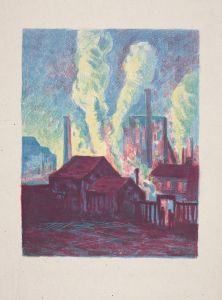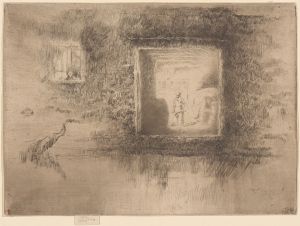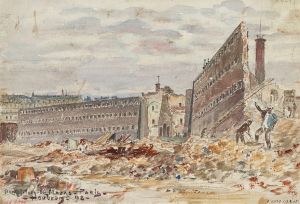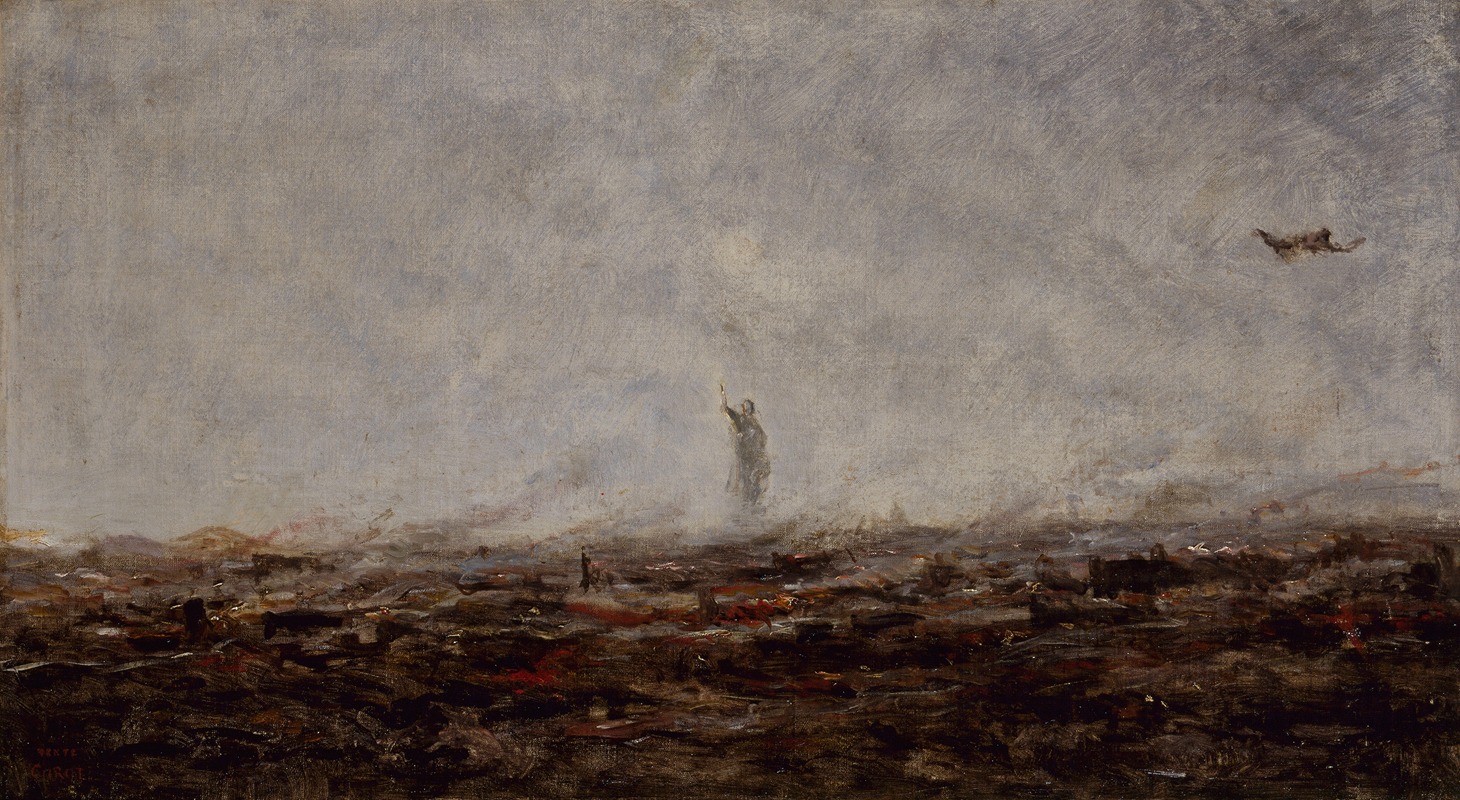
Le Rêve; Paris incendié, septembre 1870
A hand-painted replica of Jean-Baptiste-Camille Corot’s masterpiece Le Rêve; Paris incendié, septembre 1870, meticulously crafted by professional artists to capture the true essence of the original. Each piece is created with museum-quality canvas and rare mineral pigments, carefully painted by experienced artists with delicate brushstrokes and rich, layered colors to perfectly recreate the texture of the original artwork. Unlike machine-printed reproductions, this hand-painted version brings the painting to life, infused with the artist’s emotions and skill in every stroke. Whether for personal collection or home decoration, it instantly elevates the artistic atmosphere of any space.
Jean-Baptiste-Camille Corot, a prominent French landscape painter, is known for his significant contributions to the Barbizon School and his influence on the Impressionist movement. One of his lesser-known works is "Le Rêve; Paris incendié, septembre 1870," which translates to "The Dream; Paris on Fire, September 1870." This painting reflects a tumultuous period in French history, capturing the emotional and physical turmoil experienced during the Franco-Prussian War.
The Franco-Prussian War, which lasted from 1870 to 1871, was a conflict between the Second French Empire and the Kingdom of Prussia, along with its German allies. The war resulted in a decisive Prussian victory, leading to the fall of the French Empire and the establishment of the German Empire. One of the most dramatic events during this war was the Siege of Paris, which lasted from September 1870 to January 1871. The city of Paris was encircled by Prussian forces, leading to severe shortages of food and supplies, and ultimately, the surrender of the city.
Corot's painting, "Le Rêve; Paris incendié, septembre 1870," is believed to depict the emotional landscape of this period, although specific details about the painting's composition and current location are scarce. The title suggests a dream-like representation of Paris engulfed in flames, possibly symbolizing the destruction and chaos wrought by the war. Corot, known for his ability to convey mood and atmosphere through his landscapes, likely used his signature style to evoke the sense of despair and upheaval felt by Parisians during the siege.
Corot's work during this period often reflected his deep connection to the French landscape and his ability to capture the transient effects of light and atmosphere. While "Le Rêve; Paris incendié, septembre 1870" may not be as widely recognized as some of his other works, it fits within his broader oeuvre, which often explored themes of nature, memory, and emotion. His paintings typically feature soft, muted colors and a delicate interplay of light and shadow, creating a sense of tranquility and introspection.
Despite the lack of detailed information about this specific painting, Corot's influence on the art world is well-documented. He was a pivotal figure in the transition from the classical landscape tradition to the more modern approaches seen in Impressionism. His ability to capture the essence of a scene with loose brushwork and a focus on light and atmosphere inspired many younger artists, including Claude Monet and Camille Pissarro.
In summary, "Le Rêve; Paris incendié, septembre 1870" by Jean-Baptiste-Camille Corot is a painting that reflects the historical context of the Franco-Prussian War and the Siege of Paris. While specific details about the painting are limited, its title suggests a depiction of Paris in flames, capturing the emotional turmoil of the time. Corot's broader body of work and his influence on subsequent art movements underscore his importance as a key figure in 19th-century French art.





